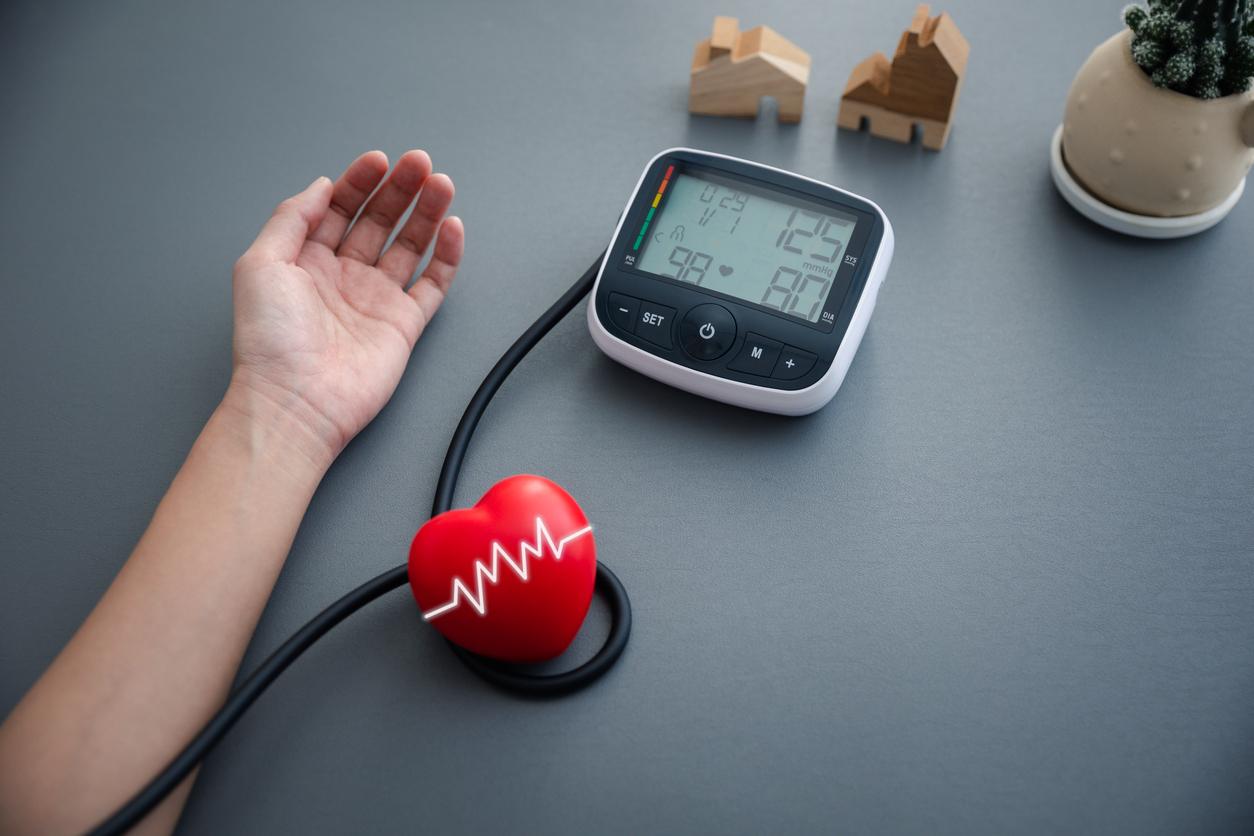Reduce your risk of cardiovascular disease thanks to the plate!

- Around 150,000 people die each year in France from cardiovascular disease, making it the second leading cause of death in the country.
- These diseases cover a broad range of disorders affecting the heart and blood vessels.
- Certain cardiovascular risk factors do not depend on our will, but there are others on which we can act, such as our diet.
Cardiovascular (or neuro-cardiovascular) diseases are the main cause of death in the world, the second in France, where 150,000 people die each year, recalls the Pasteur Institute of Lille. The Hauts-de-France region is also the most affected, with 2 to 3 times more cases than in the rest of the country. If these diseases kill so many people, it is partly because they develop “quietly”, insidiously.
Disorders affecting the heart and vessels
Myocardial infarction, stroke, heart failure… Cardiovascular diseases cover a wide range of disorders affecting the heart and blood vessels. They are classified according to the affected area or the cause. We find :
- Coronary heart disease: is most often caused by blockage of the coronary arteries due to the accumulation of “bad cholesterol” which creates plaques within them. Little by little, the arteries harden, which limits the supply of blood and oxygen to the organs, this is called atherosclerosis.
- Cerebrovascular diseases: these affect the blood vessels that supply the brain, increasing the risk of stroke.
- Venous thromboses: they are caused by the obstruction of a vein by a blood clot. When it is in an artery of the lungs, it is called a pulmonary embolism.
- Peripheral arteriopathies: these are vascular diseases affecting the lower and upper limbs.
- Rheumatic heart disease: this is a complication of acute rheumatic fever which weakens the heart muscle and valves.
- Congenital heart defects: these anomalies form during fetal development.
How to reduce the risk of developing cardiovascular disease?
Certain cardiovascular risk factors do not depend on our will, such as age (the risks increase significantly after 50 years for men and 60 years for women), family history or even menopause for women. But there are others on which we can act, reminds Health Insurance : smoking, diabetes, microalbuminuria (traces of albumin in the urine), obesity and overweight, stress, sedentary lifestyle, hypertension, cholesterol and even triglycerides.
For the latter, it is in particular on your plate that a lot of things are at stake…
How to make a meal “heart healthy”?
In an article published by dietitian Kate Patton of the Cleveland Clinic, she suggests following these four tips:
– Add more fiber: “You can add fiber to your lunches by eating vegetables, fruits, beans and whole grains. Fiber can help reduce low-density lipoprotein, or LDL, cholesterol, and can reduce blood pressure and inflammation.”
– Reduce the amount of saturated fats: “Saturated fats have the potential to raise your LDL cholesterol levels, which increases your risk of heart disease and stroke. Saturated fats are typically found in foods like fatty meats, high-fat dairy products, pizza, and hamburgers. Opt for lean meats and fat-free or low-fat dairy products.”
– Monitor sodium: “Eating too much salt can raise your blood pressure, which can lead to heart disease and stroke. […] You can reduce your salt intake by choosing foods that are low in sodium or without added salt.”
– Cook with healthier unsaturated fats like monounsaturated fats: “Choose an olive oil and vinegar dressing. Also consider garnishing your salad with olives, avocado, nuts or crushed seeds. For a healthier sandwich spread, consider using avocado, hummus, or opt for a good old-fashioned natural peanut butter sandwich.”


















